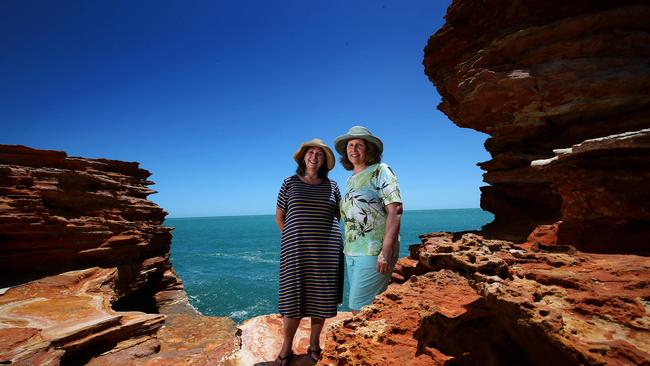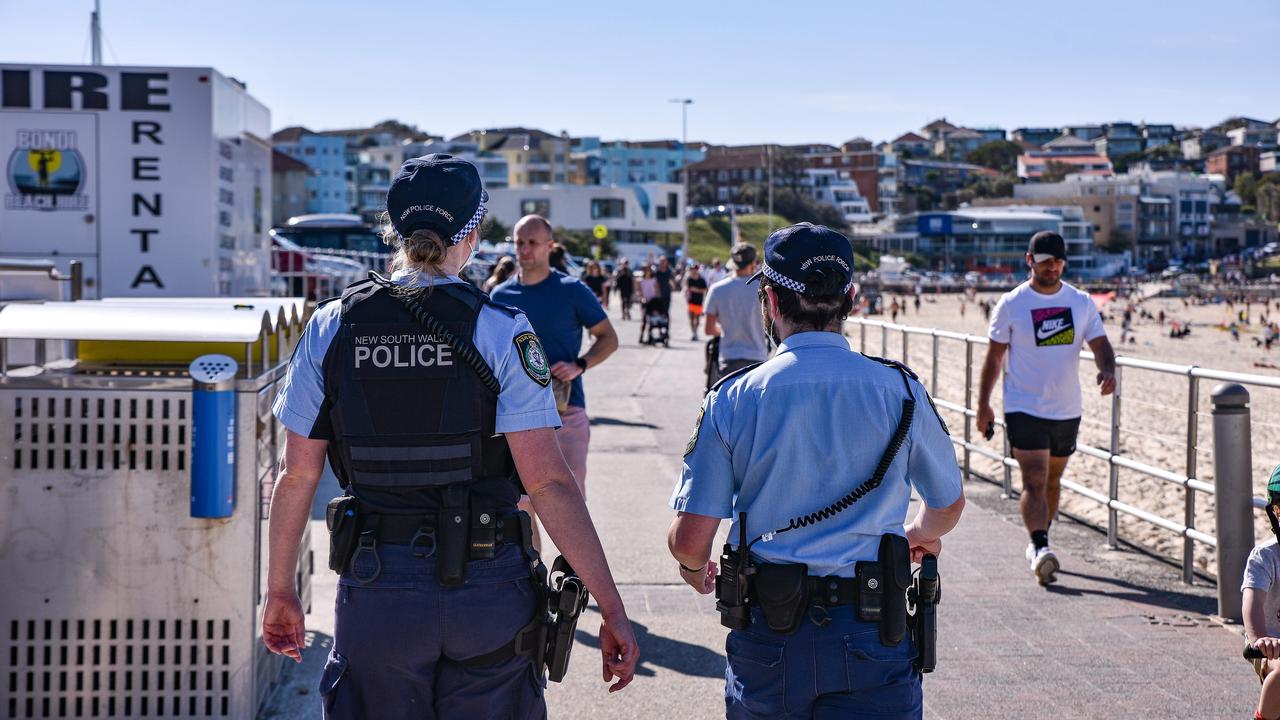Broome’s dark day of disaster and lost diamonds, heros and Zeros
Descendents of victims and survivors gather to remember the day 75 years ago when Japan attacked northwestern Broome.

When British man Sid Muller started researching his late father’s life last year, he stumbled on his role in one of the darkest and least understood events in Australian history: the horrific Japanese air raids on Broome exactly 75 years ago today.
Mr Muller, 78, had never known that his father, a radio operator in World War II, was on a DC-3 shot down that day over Carnot Bay, just north of Broome.
He also discovered that the plane is central to one of Australia’s most enduring wartime mysteries. The DC-3 was carrying diamonds worth about $40 million (in today’s money) that were headed for a vault at the Commonwealth Bank in Sydney. But only half of the gems were recovered after the crash, spawning many local myths about where they ended up.
Fascinated by tales of disappearing diamonds and his father’s miraculous survival in remote northern Australia, Mr Muller, a retired foreign exchange trader, decided to travel from his home near London to Broome for the 75th anniversary of the attacks.
He will be joined at a commemoration ceremony this morning by other descendants of victims and survivors of the raids, along with representatives of the Dutch, US and Japanese governments and Premier Colin Barnett. It is the first time Japan has been invited to lay a wreath.
Mr Muller said his father, who walked for three days in intense heat to find help after the plane crash-landed, had died in 1980 without ever speaking to him about his traumatic experiences in Australia.
“I knew nothing about this until after my mother died in April last year,” he said in Broome yesterday. “That’s when I began looking into my family history.”
On the morning of March 3, 1942, nine Japanese Zero fighters swooped over Broome and fired at flying boats in Roebuck Bay that were full of Dutch refugees who had been evacuated from Java to the supposed safety of Australia.
At least 88 people died, including 48 Dutch nationals and 19 American servicemen.
Local historian Dion Martinis said yesterday in Broome that while most Australians knew of the Japanese attacks on Darwin in February 1942, relatively few had heard of the Broome attacks that occurred a fortnight later
He said this was because little had been recorded of the events at the time due to media censorship by the Curtin government. Mr Martinis said the mystery of the missing diamonds — which were owned by a wealthy Dutch family in Java — had fascinated locals for 75 years. Also attending today’s ceremony will be sisters Alice and Beth Burkart whose uncle Howard Petschel died when a B-24 Liberator was shot down off Broome’s Cable Beach.
“We were told he was very charismatic, very handsome and very confident,” Alice said.
“He played football for Notre Dame, he had a great sense of humour and would stand up for what’s right.” Lieutenant Petschel, 22, died along with 18 other US servicemen on the Liberator.
His wife Kathleen was pregnant with their first child at the time.



To join the conversation, please log in. Don't have an account? Register
Join the conversation, you are commenting as Logout